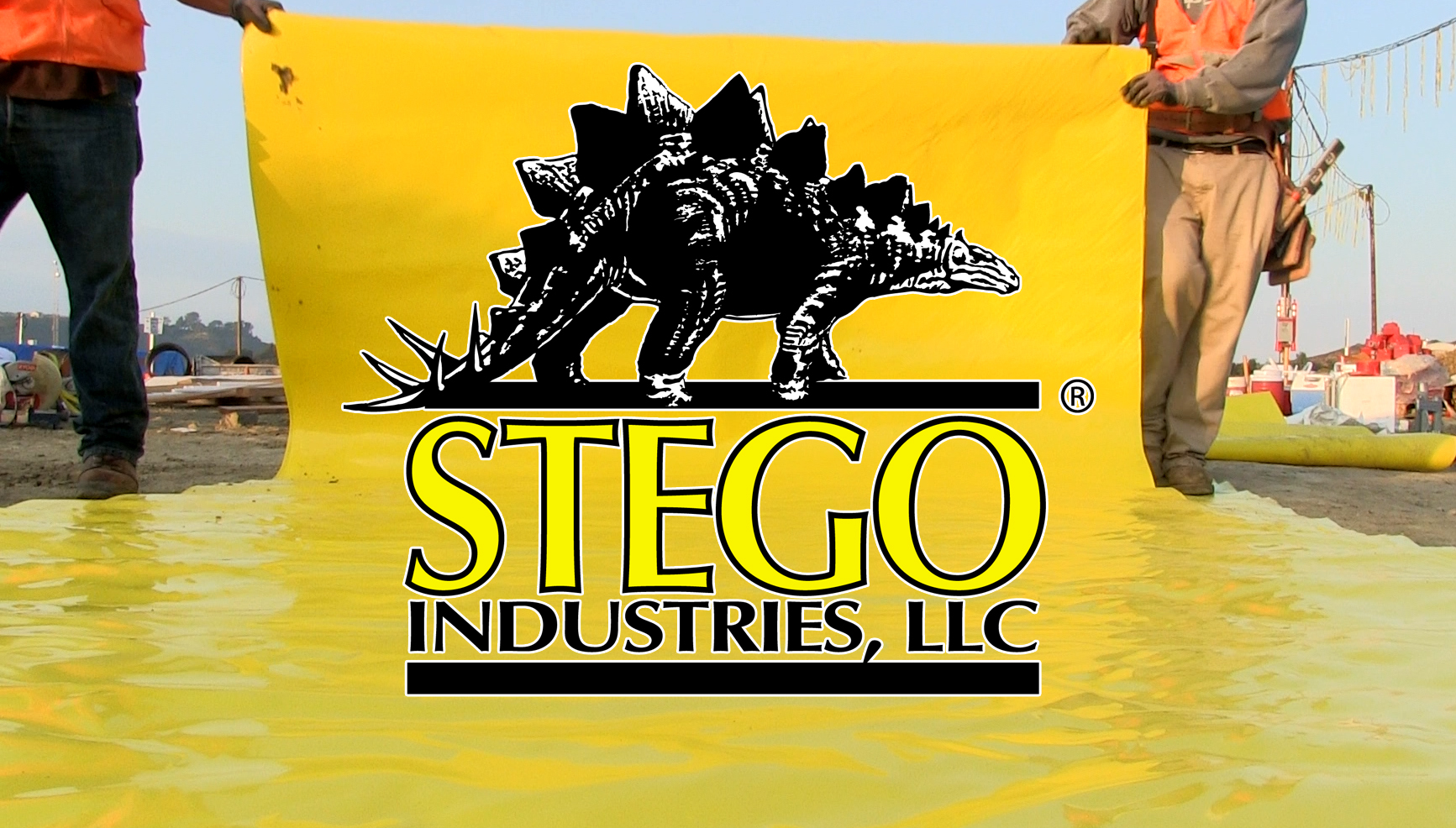Stego Industries recently signed on to the Health Product Declaration Open Standard (HPD), a voluntary format for disclosing product content and related health concerns that are typically not reported even when a product or a building is certified “green.”
The company will prepare an HPD for its flagship product, the Stego Wrap vapor barrier, which it will submit to the HPD Working Group. The Working Group will evaluate and synthesize the feedback and revise the draft HPD into a final version to be officially ratified and made available to the public later this year. Nearly 30 of the most important names in the construction industry, representing a wide variety of products, will help refine the HPD Open Standard to provide information to customers that is reliable and actionable, through a process that is reasonable and fair to all manufacturers.
“Stego’s line of vapor barrier products is not just the choice of green builders because of its ability to reduce energy costs by protecting the building envelope from the diffusion of water vapor, contaminants, and soil gases,” says Stego CEO Paul J. Blasdel. “Green builders also choose Stego because of our commitment to sustainable projects like the Health Product Declaration Pilot Program--proving we are not just a vendor to the green building community, but a partner.”
The HPD Open Standard Working Group is a voluntary association of experts from the community of building designers, specifiers, owners and users. The HPD Open Standard Working Group was convened in July 2011 by the Materials Research Collaborative, a joint project of the Healthy Building Network and BuildingGreen, Inc. BD+C
Related Stories
| Aug 11, 2010
ZweigWhite names its fastest-growing architecture, engineering, and environmental firms
Management consulting and research firm ZweigWhite has identified the 200 fastest-growing architecture, engineering, and environmental consulting firms in the U.S. and Canada for its annual ranking, The Zweig Letter Hot Firm List. This annual list features the design and environmental firms that have outperformed the economy and competitors to become industry leaders.
| Aug 11, 2010
SSOE, Fluor among nation's largest industrial building design firms
A ranking of the Top 75 Industrial Design Firms based on Building Design+Construction's 2009 Giants 300 survey. For more Giants 300 rankings, visit http://www.BDCnetwork.com/Giants
| Aug 11, 2010
Guggenheim to host live online discussion of Frank Lloyd Wright exhibition
The Solomon R. Guggenheim Museum launches the Guggenheim Forum, a new series of moderated online discussions among experts from a variety of fields that will occur in conjunction with major museum exhibitions.
| Aug 11, 2010
Best AEC Firms of 2011/12
Later this year, we will launch Best AEC Firms 2012. We’re looking for firms that create truly positive workplaces for their AEC professionals and support staff. Keep an eye on this page for entry information. +
| Aug 11, 2010
Report: Building codes and regulations impede progress toward uber-green buildings
The enthusiasm for super green Living Buildings continues unabated, but a key stumbling block to the growth of this highest level of green building performance is an existing set of codes and regulations. A new report by the Cascadia Region Green Building Council entitled "Code, Regulatory and Systemic Barriers Affecting Living Building Projects" presents a case for fundamental reassessment of building codes.
| Aug 11, 2010
Call for entries: Building enclosure design awards
The Boston Society of Architects and the Boston chapter of the Building Enclosure Council (BEC-Boston) have announced a High Performance Building award that will assess building enclosure innovation through the demonstrated design, construction, and operation of the building enclosure.
| Aug 11, 2010
Portland Cement Association offers blast resistant design guide for reinforced concrete structures
Developed for designers and engineers, "Blast Resistant Design Guide for Reinforced Concrete Structures" provides a practical treatment of the design of cast-in-place reinforced concrete structures to resist the effects of blast loads. It explains the principles of blast-resistant design, and how to determine the kind and degree of resistance a structure needs as well as how to specify the required materials and details.







